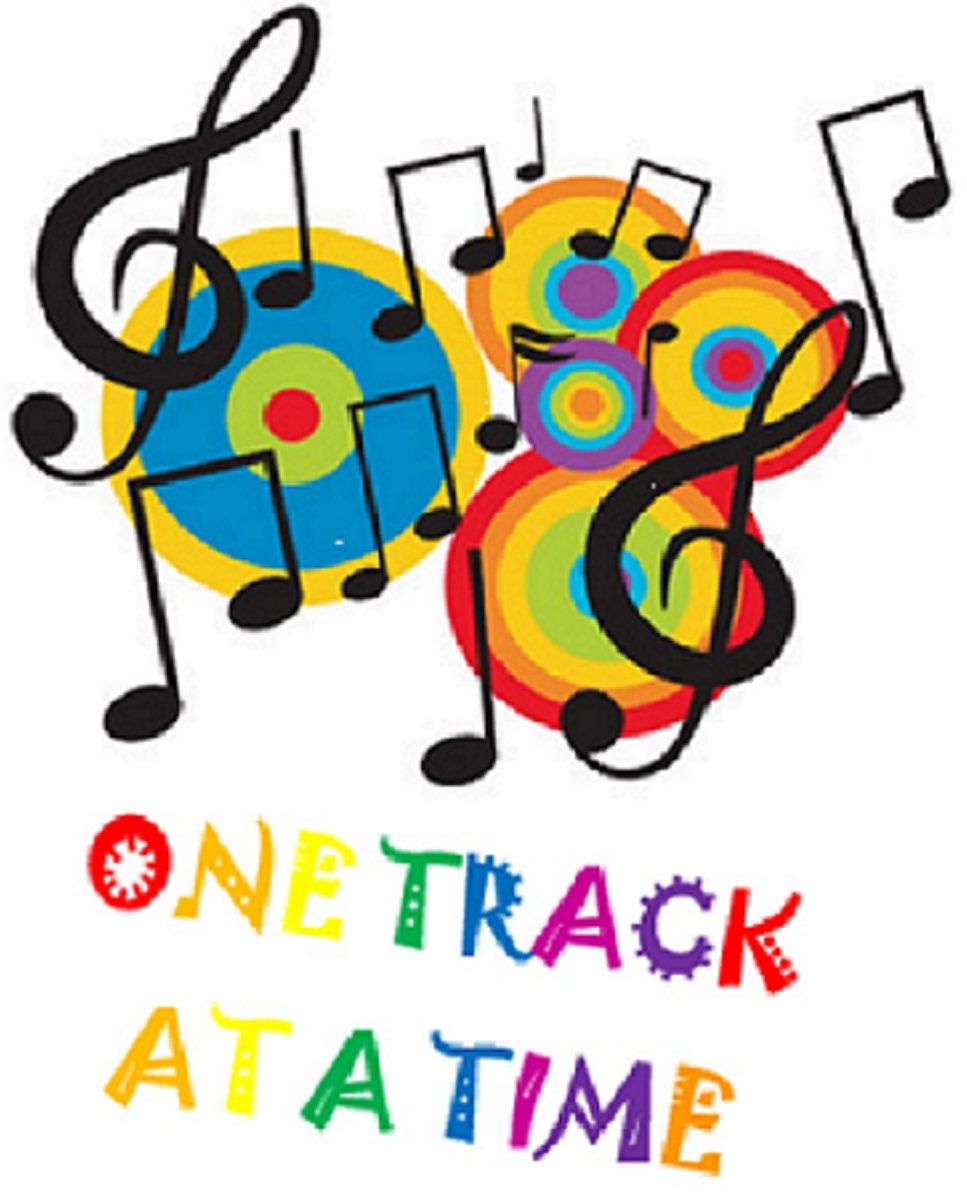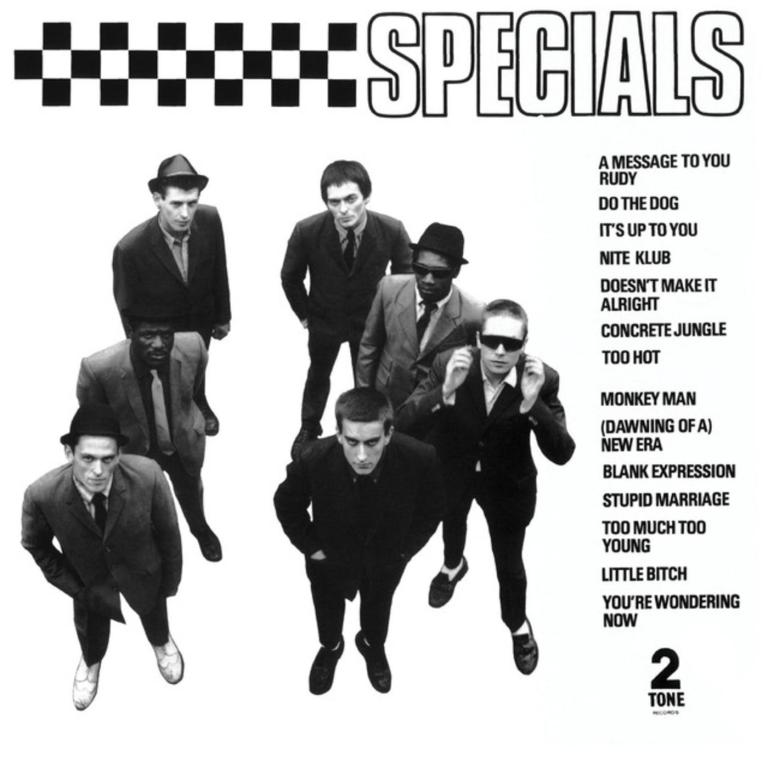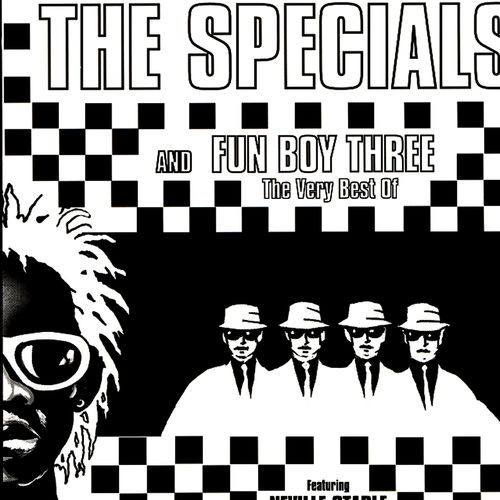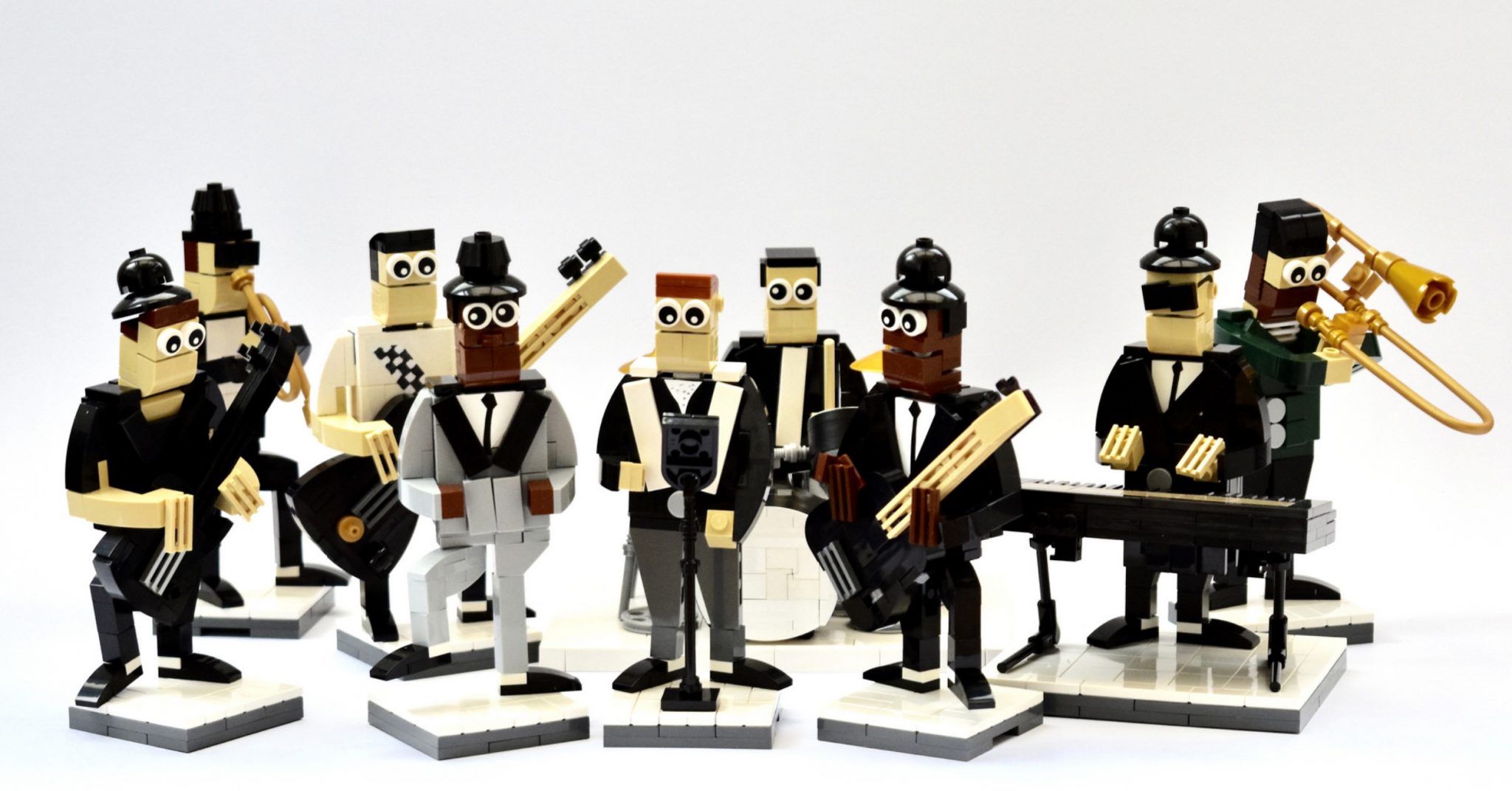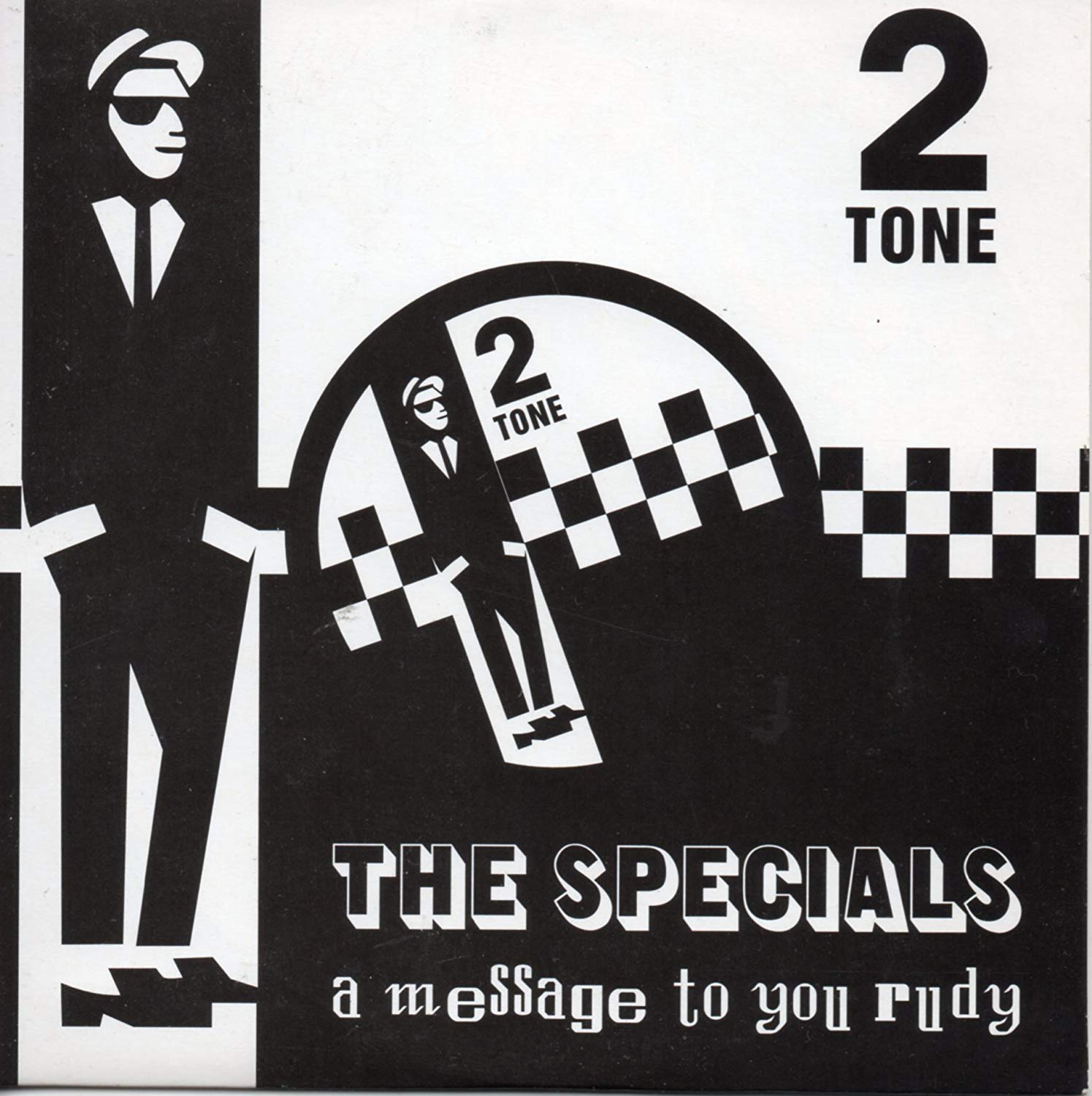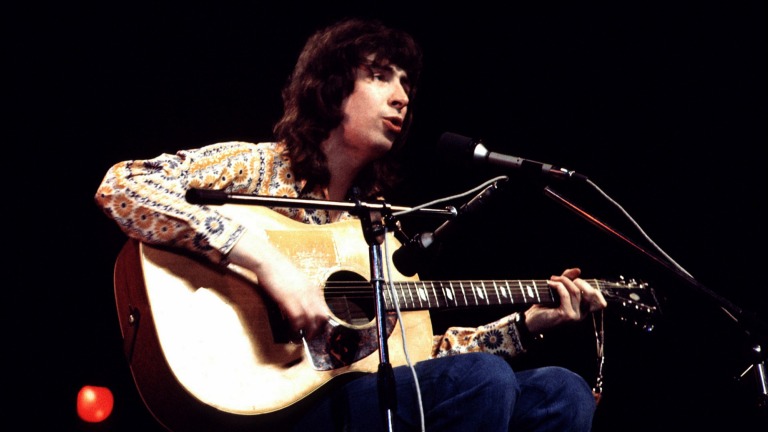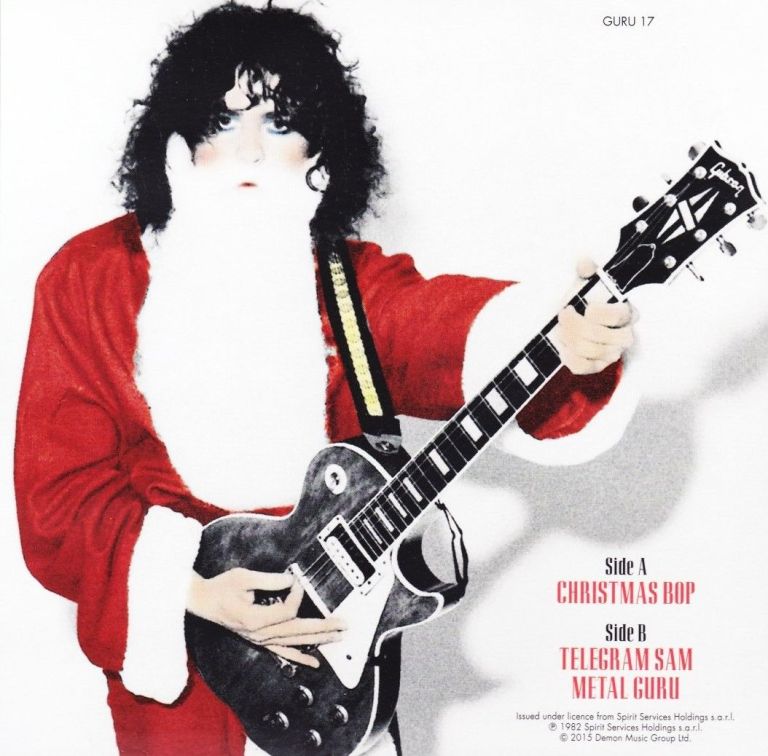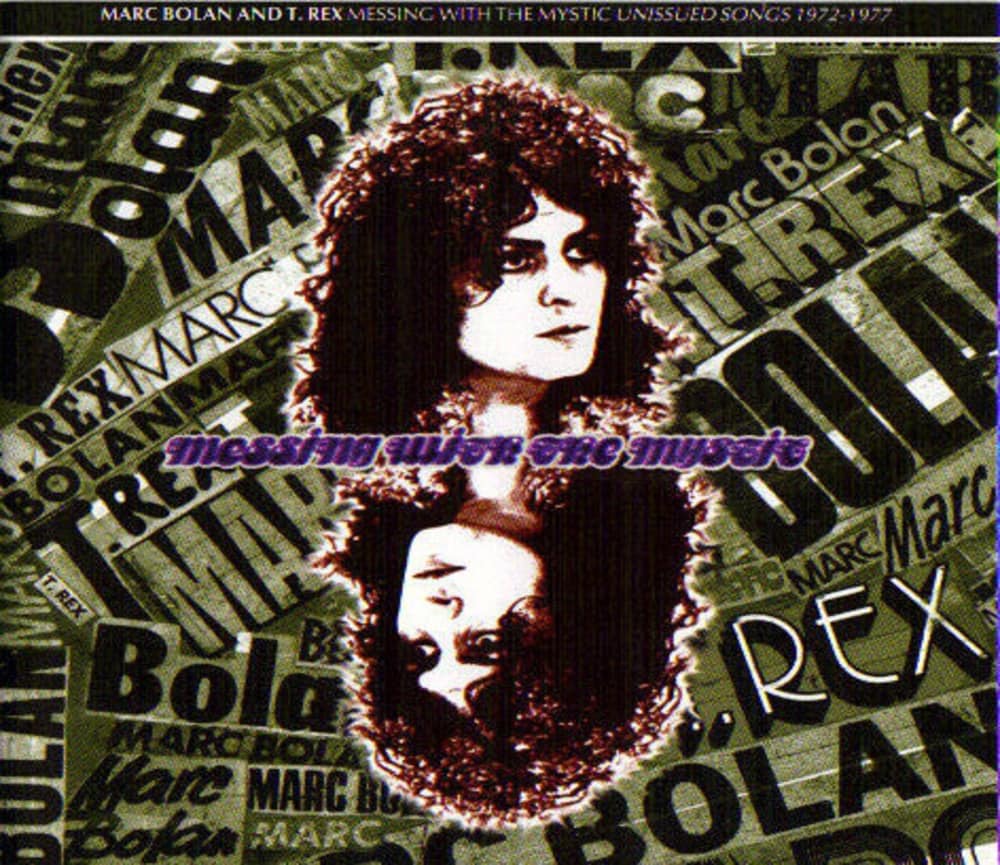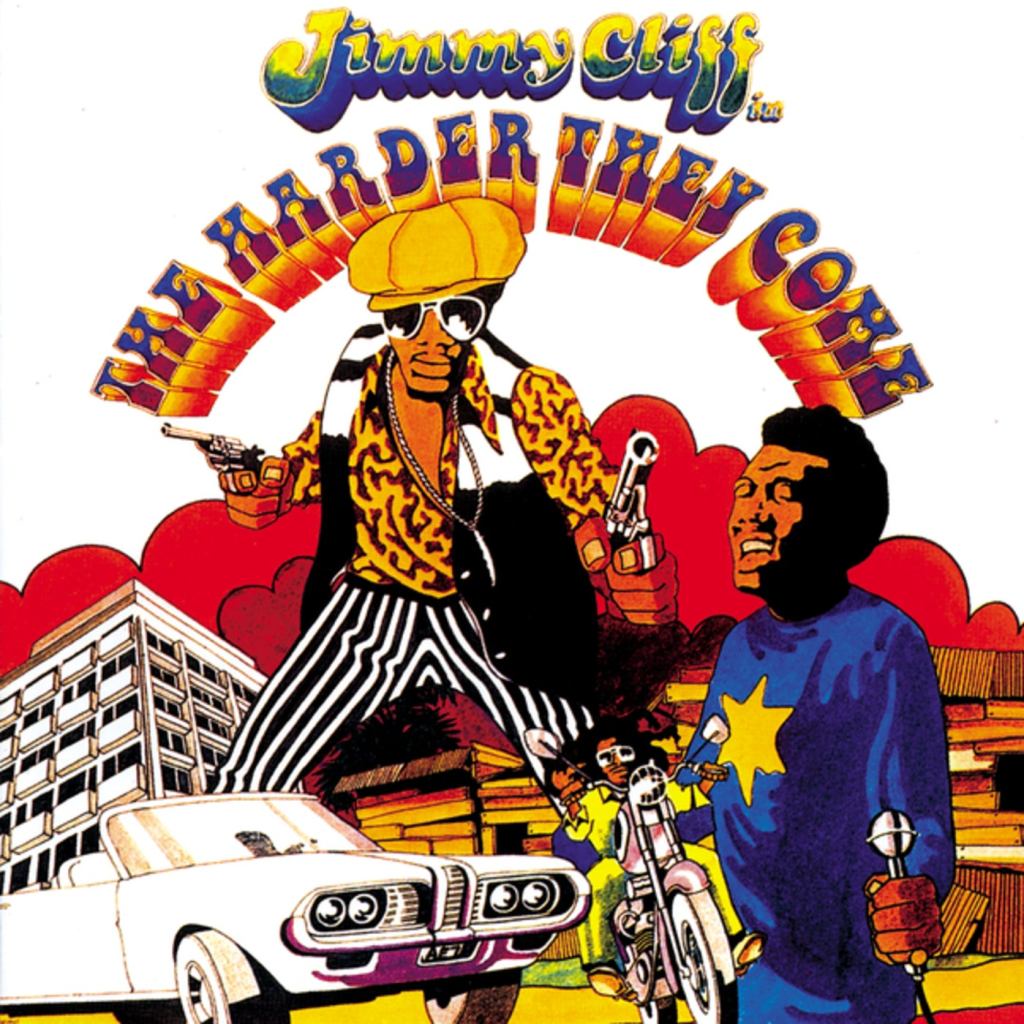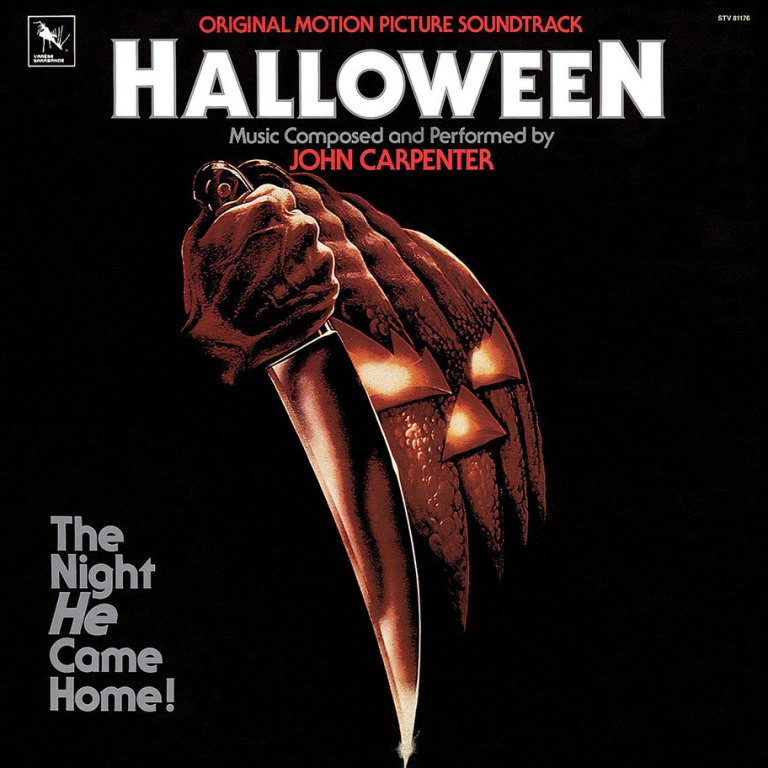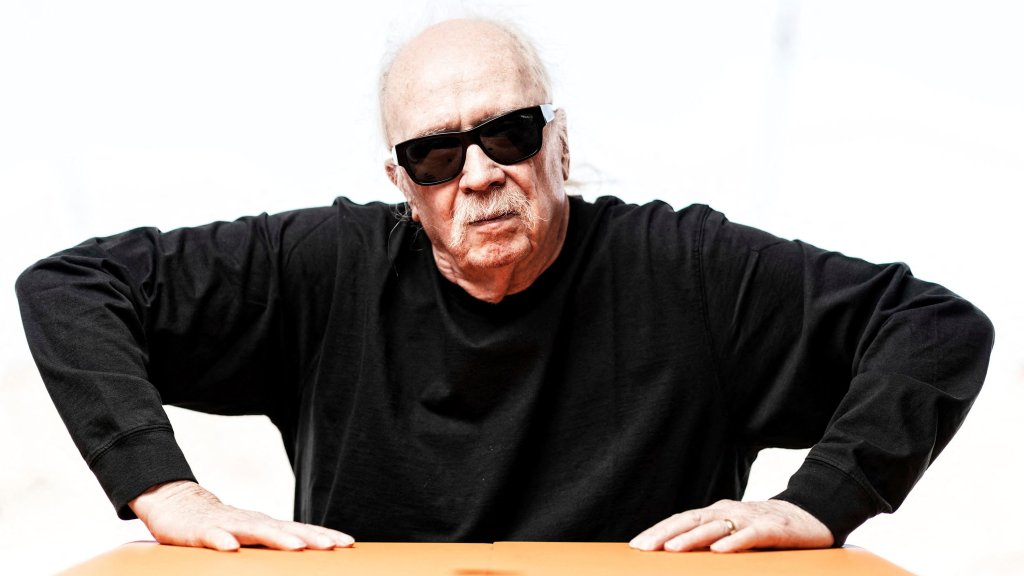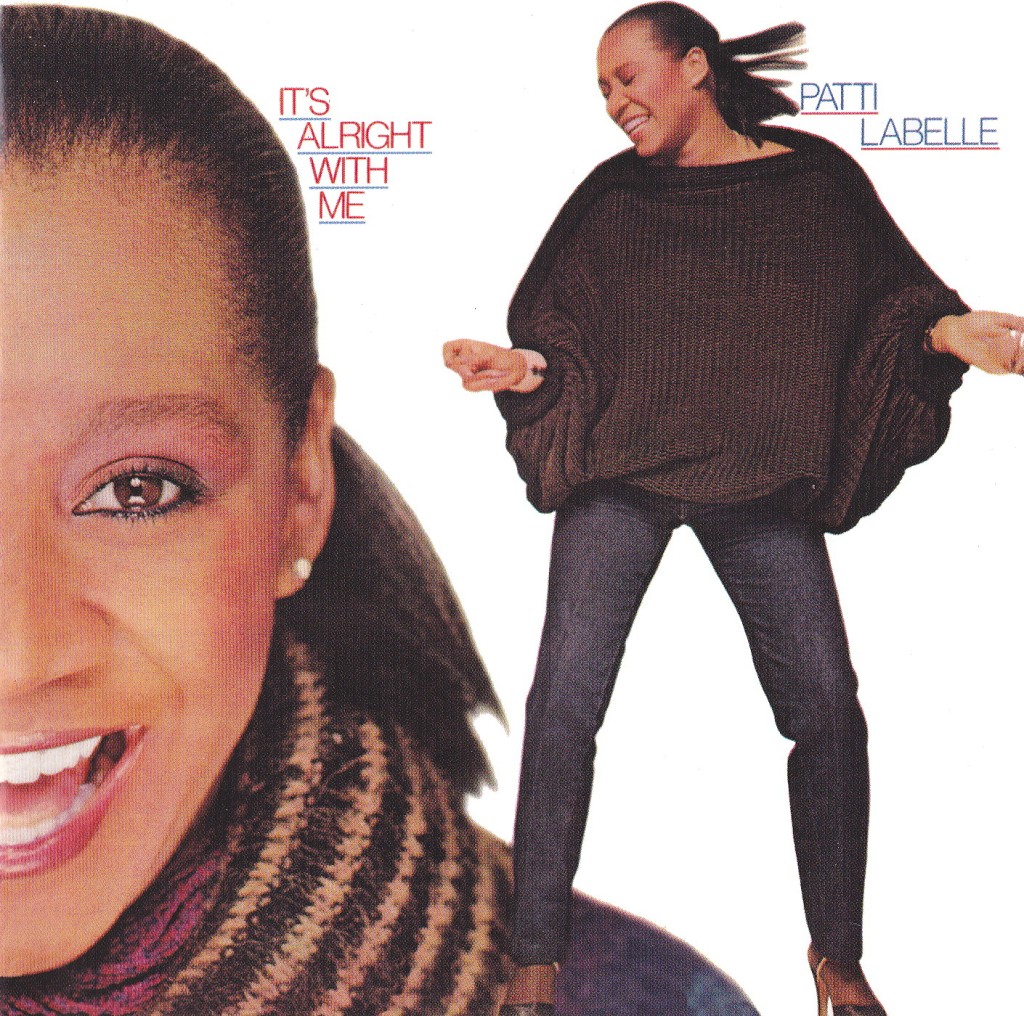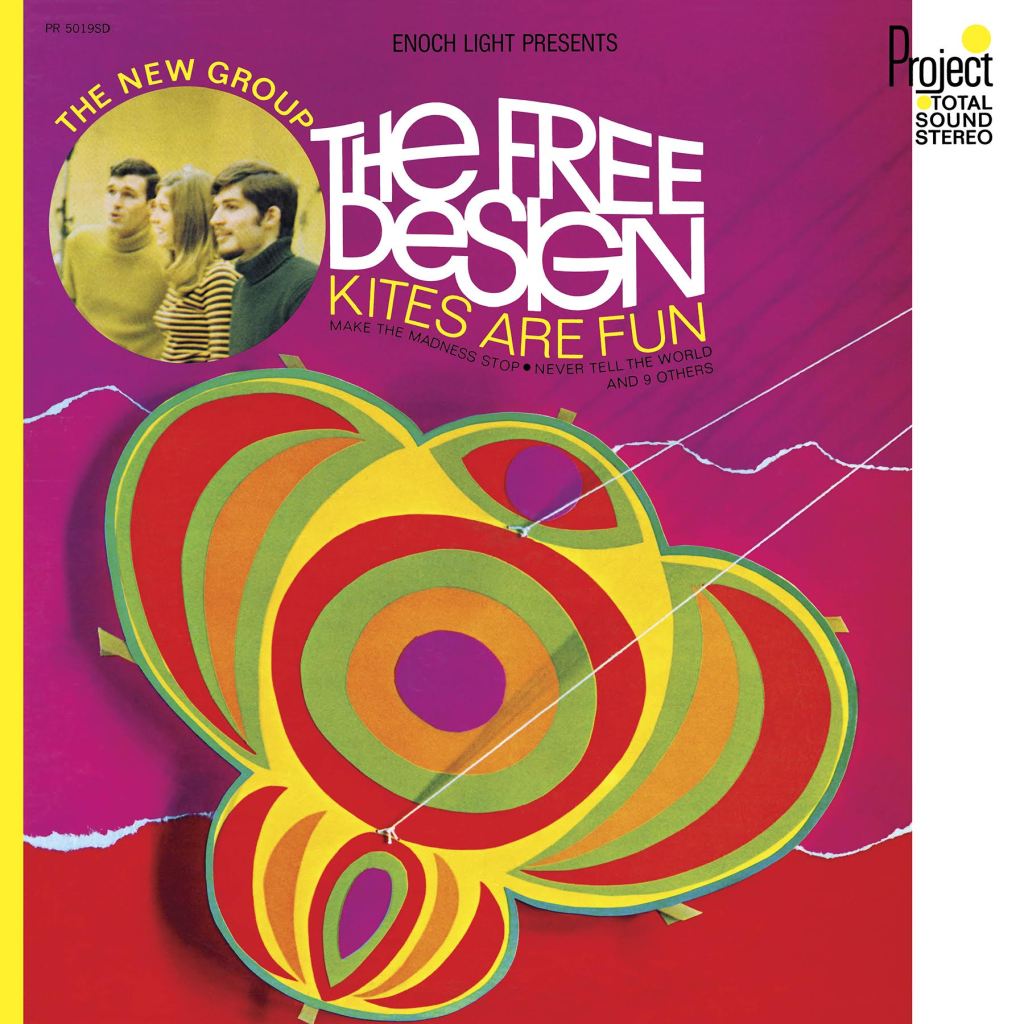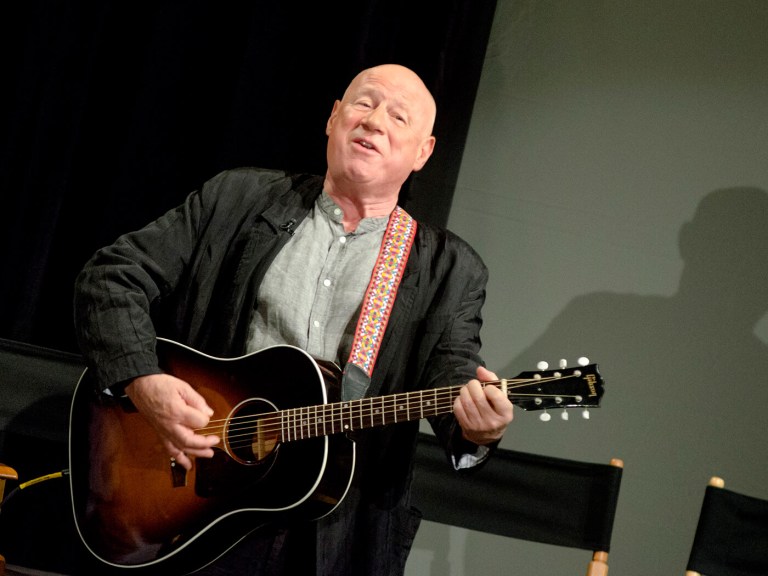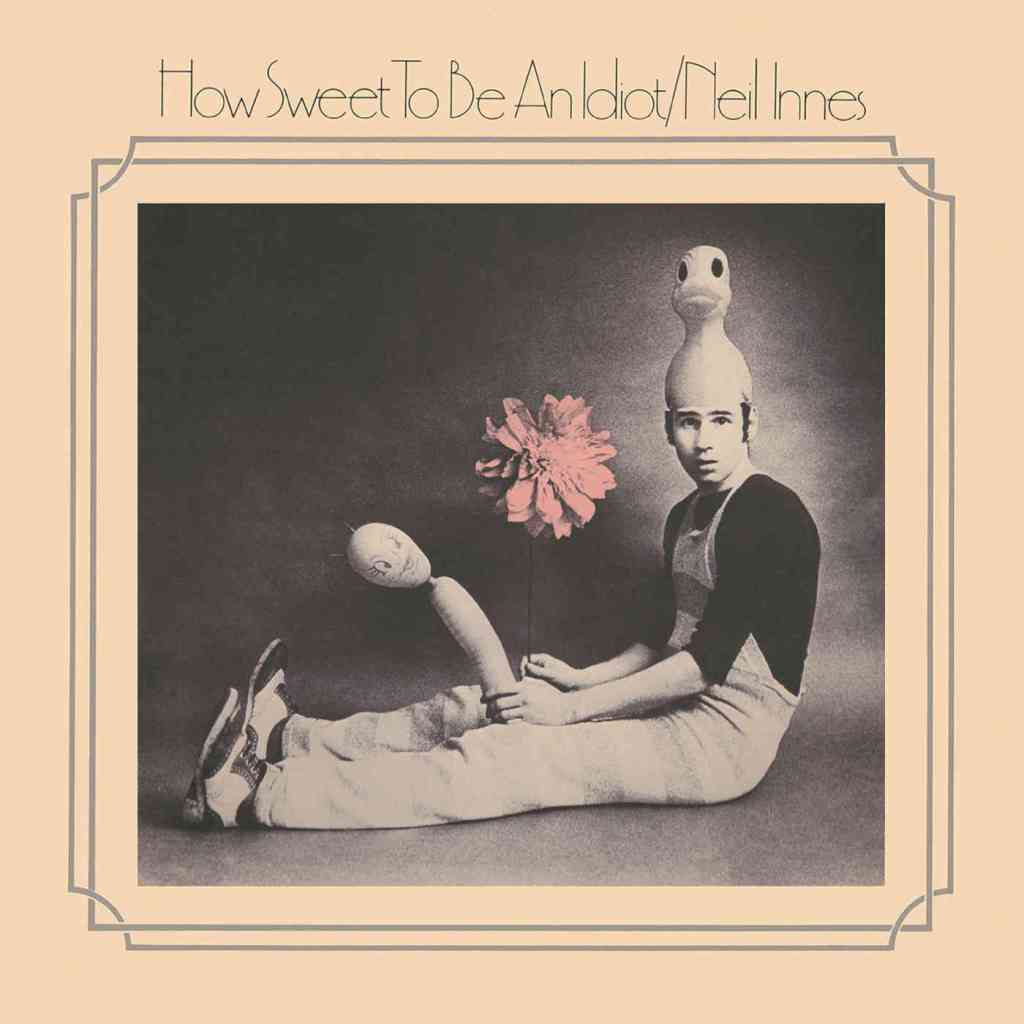
Good Morning to you! This is Jacob Braybrooke, and it’s time for us to go retro for ‘Way Back Wednesdays’ on the blog, which helps me to fulfill my goal of writing up about a different piece of music every day! We’re going to be remembering Betty Davis today, a North Carolina-born singer-songwriter who made an erotic string of Afro-Funk, R&B, Soul and rock-tinged Blues albums during the 1970’s. Davis was also known for her sexually provocative lyricism and her flamboyant live performances and, although she never became a household name, she developed a cult following and she has been cited as an influence by contemporary artists like Janelle Monae, Outkast and Jamila Woods, as well as fellow icons like Prince and Grace Jones, for her experimental blend of genres. Davis wrote, arranged and produced all of her own music in her time, a rarity for any female artist, yet alone a Black woman, during her era. She started out as a model, appearing in magazines like Glamour and Seventeen and working with designers, before she became the second wife of the legendary trumpeter Miles Davis. Although their marriage ended after a year due to implied abuse, she personally introduced him to Jimi Hendrix and Cream. She also penned material that got The Commodores signed to Motown Records. Davis sadly left us, aged 77, in February in Homestead, Pensylvania – where she had lived since her childhood – after being diagnosed with cancer a week prior. At one point, Marc Bolan of T-Rex fame encouraged her to write music for herself and she took that advice to heart when her self-titled debut studio album was released in 1973. Originally released by Just Sunshine Records (an upstart label), the record preceded three more solo albums and it got a CD and Vinyl re-issue in 2007 via Light In The Attic Records. She enlisted the help of The Pointer Sisters, Neil Schon, Sylvester and more guest contributors to bring the distinctive record to life and my focus track – ‘Come Take Me’ – was previously an unreleased track until 15 years ago, when it was included on special editions of her self-titled LP. Get a better idea of her sound with the cut below.
Her AllMusic profile describes Betty Davis as “a wildly flamboyant Funk diva with few equals… [who] combined the gritty emotional realism of Tina Turner, the futurist fashion sense of David Bowie and the trend-setting flair of Miles Davis”, according to the website, and so the music world continues to feel the effects of her tragic loss earlier in the year. ‘Come Take Me’ feels like textbook Betty Davis at her finest and most distinct, although the Vinyl re-issue of her entire back catalogue felt as though it was long overdue before the mid-00’s and it had not happened properly yet. That said, if you like the Jazz-tinged Psychedelia of Sly & The Family Stone, the loose Funk influences of Beck’s ‘Midnite Vultures’ era and his unconventional song structures, and the aggressive delivery of 70’s Rock ‘N’ Roll stalwarts, this one is for you. The intro feels a little unorthodox, before the guitar stabs and the wonky bassline comes in, with Davis croaking lyrics about not disrupting the rhythm and treating a lover right albeit with a frenzied and rather crazy attitude. The drums progress nicely throughout the track, starting off with a slow and steady vibe, before controlling the rhythm with a more frantic pace. Davis recites her lyrics with an instructive growl in her voice that complements the unapologetically Funk production of the track, where the warbling vocals carry the wobbling guitars and the trickling fusion of the Motown-esque Bass and Drums to create a rather irresistible groove. It doesn’t sound too out of date and although the songwriting may sound dated, Davis’ imagination of combining then-contemporary Blues-Rock sensibilities with creative, provocative explorations of lust, desire and sexuality in her howling vocals and erotic Jazz/Funk melodies is still there. Davis was a class act who was ahead of her time. The wide world wasn’t ready for her.

That’s all for now! Just to let you know that if you enjoyed today’s tribute to Betty Davis, a re-issue for her final album is also planned to be happening through her label sometimes in 2022. Thank you for checking out my latest post because your support is always highly appreciated, and I’ll be shifting our attention back to new music releases tomorrow with a review of a recent single by a South London-based indie rock band who will be releasing their self-titled debut album via Dan Carey’s Speedy Wunderground label on April 29th. They have performed at festivals including Green Man Festival, SWN Festival in Cardiff, and Fred Perry’s All Our Tomorrow’s live Festival.
Connect with One Track At A Time:
